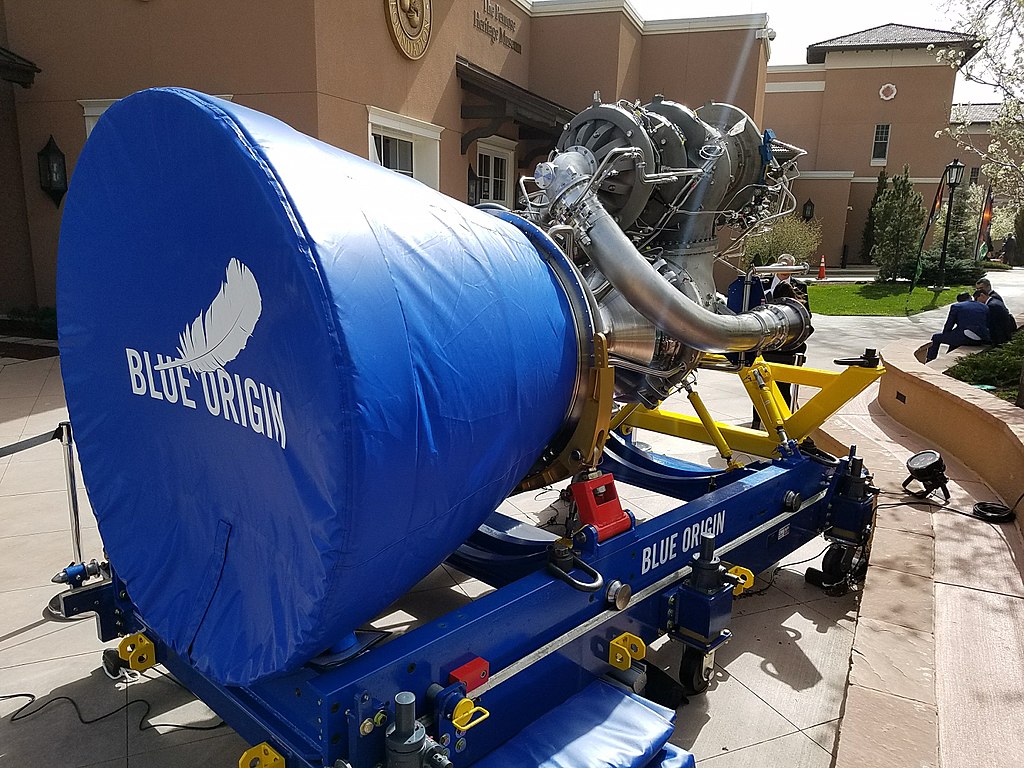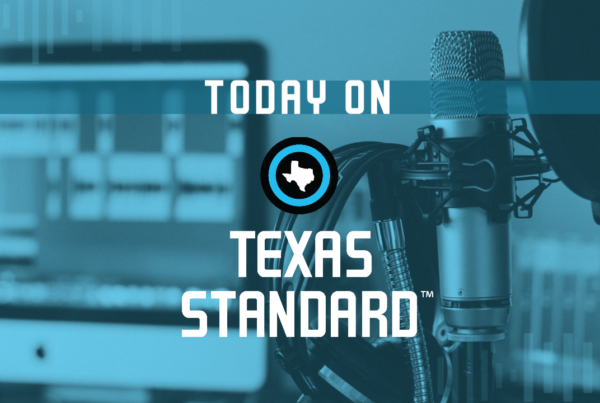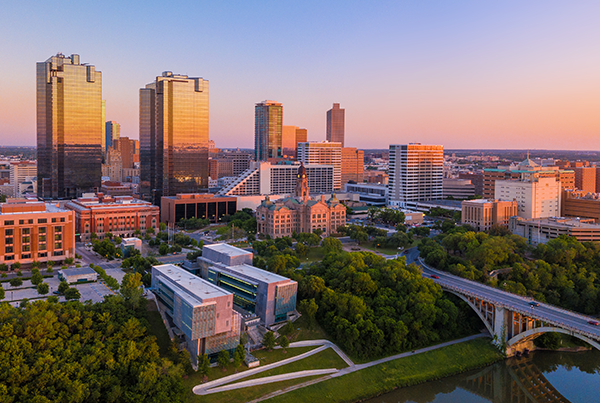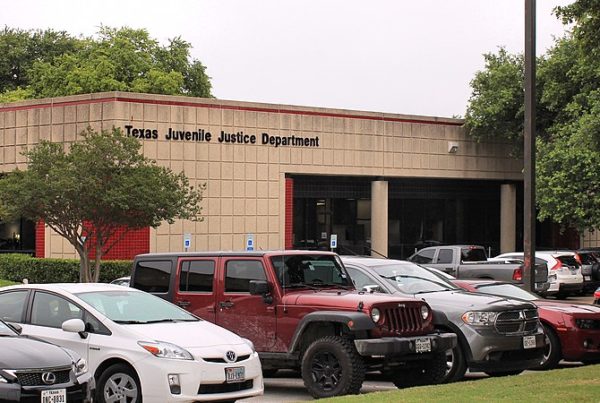Blue Origin, the West Texas-based space company owned by Amazon founder Jeff Bezos, announced plans Monday for a private space station that would offer all kinds of services to the growing outer-space sector. The proposed station, known as Orbital Reef, would be a kind of mixed-use development in low orbit.
Loren Grush, a Texas-based senior science reporter for The Verge, told Texas Standard about the other groups involved in the project, and Blue Origin’s current vision for it. Listen to the interview with Grush in the audio player above or read the transcript below.
This interview has been edited lightly for clarity.
Texas Standard: Blue Origin isn’t the only group involved in this project. Who else is working on it?
Loren Grush: It’s actually a whole team of folks that are coming together to work on Orbital Reef. Blue Origin says it’s doing this in partnership with Sierra Space, you might know them. They’re currently working on a cargo ship called the Dream Chaser, which will be taking cargo to the International Space Station as soon as next year, possibly 2023. But it’s also teaming up with industry heavyweight Boeing, as well as some other companies: Redwire Space and Genesis Engineering.
Can you give us a sort of a visual, a picture of what they are imagining?
Grush: I think what they’re trying to accomplish here is not too far off from the International Space Station. In fact, they’re touting Orbital Reef as having an internal volume nearly as big as that of the International Space Station. It’ll supposedly house up to 10 people at a time. And the best part about it is they’re advertising it as a mixed-use business park. So, as you said earlier, they want anyone who wants to come to enjoy these services. It’ll be an open-system architecture, so it’ll allow for a range of different spacecraft and vehicles to dock and berth with the station. So really, they’re open to everybody.
They want anyone who is interested to come and take part, whether that be researchers, people who just want to go on a fancy vacation, space agencies, other nations. They did say that they were going to provide end-to-end services. So if you want to get to space, Blue Origin and these teams will essentially hold your hand, whether that be coordinating launches for you to get there, sending cargo, and Blue Origin offered this basic concierge service where you will be able to use their facilities on the station. They’ll walk you through it. They want to make it as easy and simple for you as possible.
How many people is it supposed to be able to accommodate?
Grush: Up to 10 people for the for the initial configuration.
What about NASA’s role in this project?
Grush: I think NASA’s a key player here. When they announced this project, Blue Origin noted that NASA’s already announced its intentions, or told them their intentions, to be an “anchor tenant.” And that’s part of the long-term goal for NASA here. They’ve been operating the International Space Station for the last 20 years now, and NASA’s kind of looking toward the future. And that future would eventually involve retiring the International Space Station. It’s a very expensive and costly endeavor. And while NASA’s been eyeing extending the International Space Station through 2028, they also need to figure out what comes next.
And for the space agency, that dream would be to either transfer control of the ISS, or control of low-Earth orbit where the station resides, to commercial space stations. And so there are a lot of projects in the works in order to transition that phase from a government-led space station to these commercial, free-flying space stations. And Blue Origin obviously wants to be a part of that and get some of that NASA incentive money along the way.
What about time and money? What’s the price tag on this project?
Grush: We tried to press them on how much this was going to cost. They did not tell us how much they were going to invest or the overall cost of the project. And they said that this would be in operation by the end of the decade. But let’s just be realistic here: Blue Origin said they were going to launch these modules on their New Glenn rocket that hasn’t launched yet. The Dream Chaser hasn’t launched yet. Starliner, which would be taking people to the station, hasn’t launched people yet. So, there’s a lot of ambitious goals here, and the timeline seems very ambitious. But there’s still quite a lot to do for this to become a reality.














